CrossCurrents Library
Featured Collections
Topics
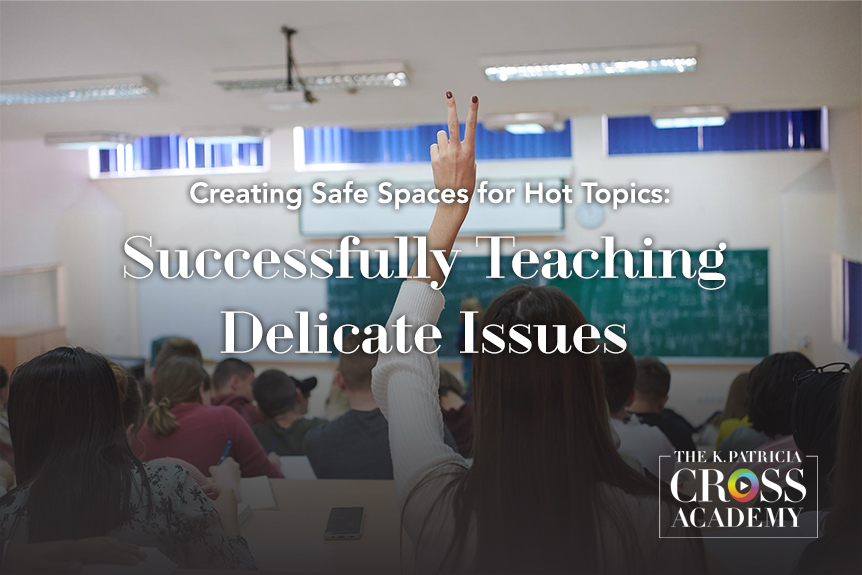
Addressing sensitive topics in the classroom presents one of the most delicate challenges faced by educators. As societal discussions become increasingly polarized, the task of navigating controversial subjects with students grows ever more complex. This complexity is not merely a matter of content selection; it can significantly affect classroom dynamics, student engagement, critical thinking development, and overall learning outcomes.

Emotional intelligence (EI) is the ability to understand, use, and manage our own emotions in positive ways to relieve stress, communicate effectively, empathize with others, overcome challenges, and defuse conflict. It includes the ability to understand and influence the emotions of others. In higher education, fostering EI is not just beneficial but essential for students’ personal and professional success. However,
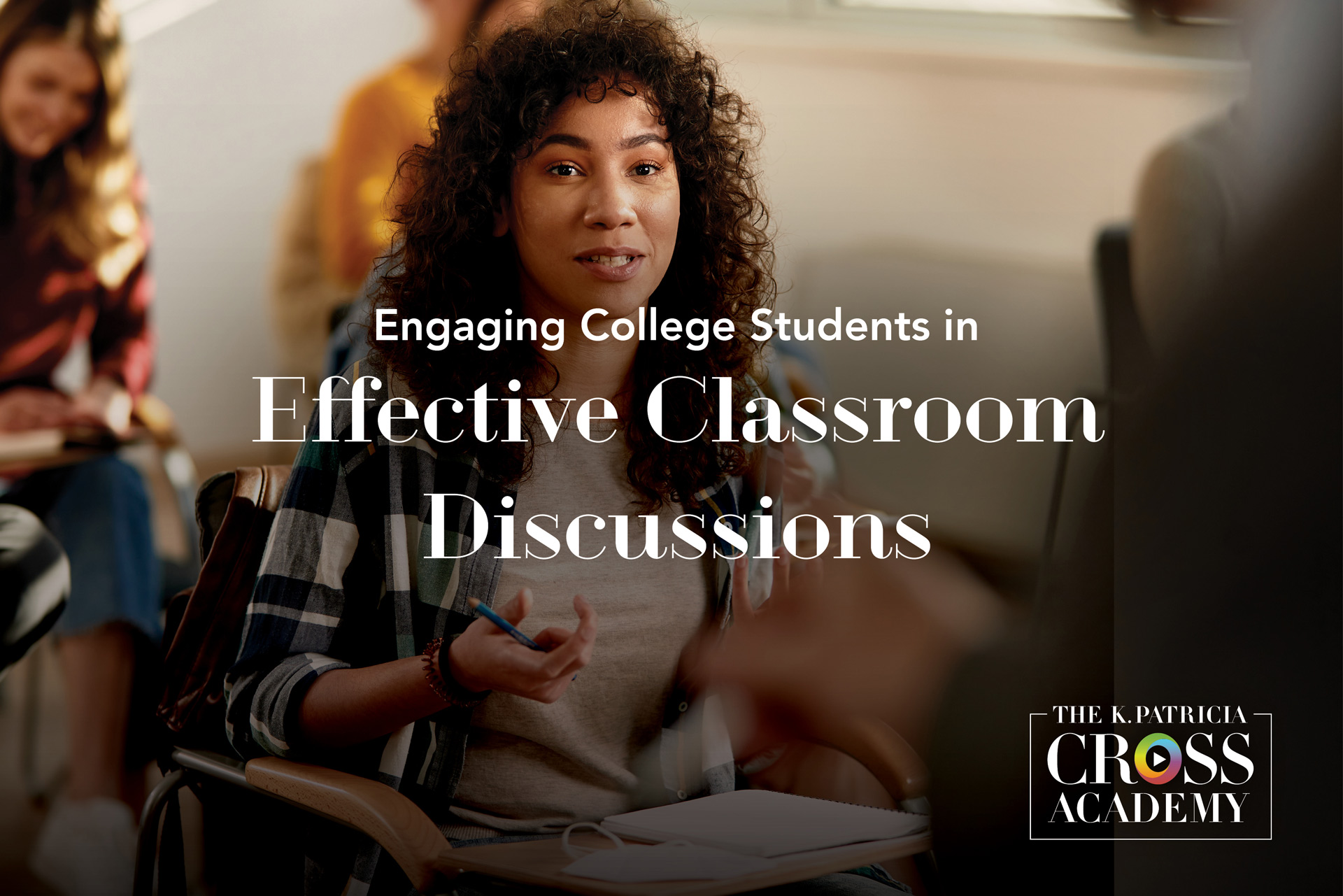
Discussion as a teaching method has deep-rooted historical origins dating back to the ancient Greeks, including the legendary philosopher Socrates (469 BC – 399 BC). Socrates is renowned for his teaching methods that prioritized questioning over traditional lectures. He believed in using probing questions to stimulate critical thinking and deeper understanding in his students. Socrates’s discussion-oriented teaching strategy has left
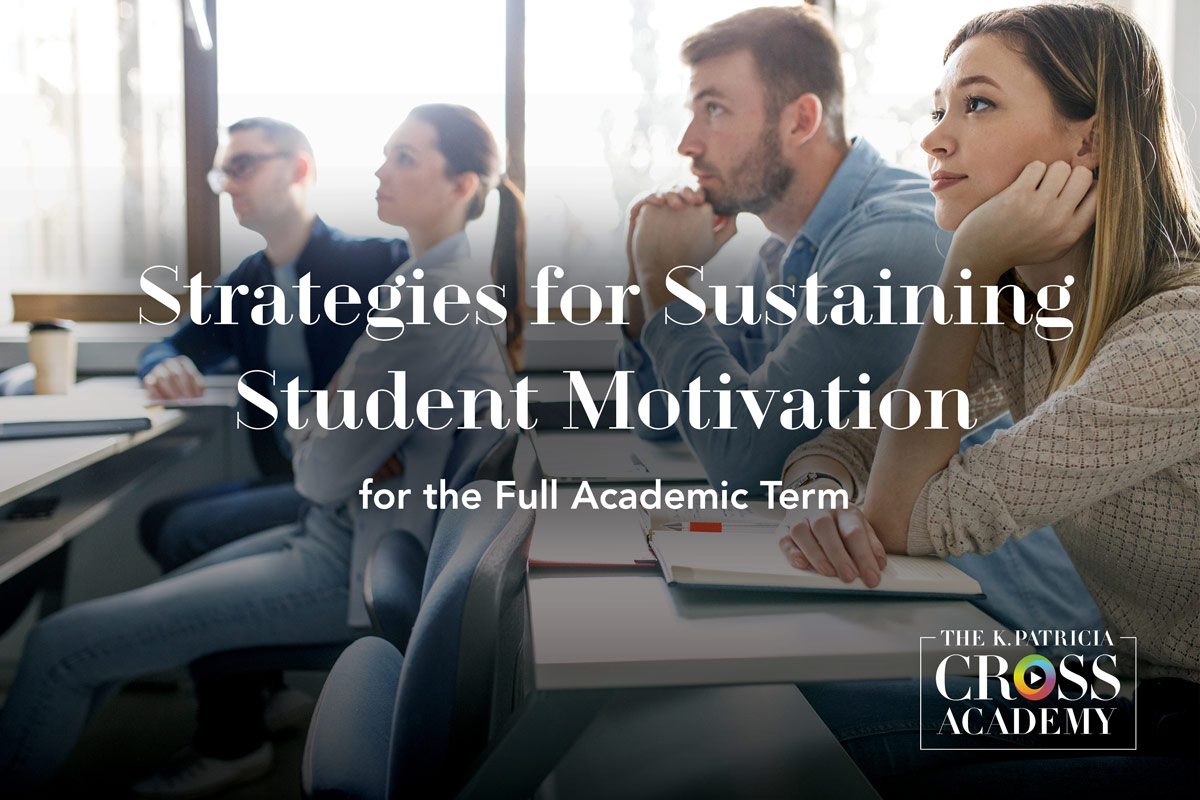
Maintaining student motivation throughout an academic term presents one of the most persistent challenges faced by educators. As the semester unfolds, the initial excitement and enthusiasm that students exhibit at the start can begin to fade. This decline is not simply a matter of reduced energy; it can significantly affect student engagement, persistence, learning outcomes, and overall academic performance and
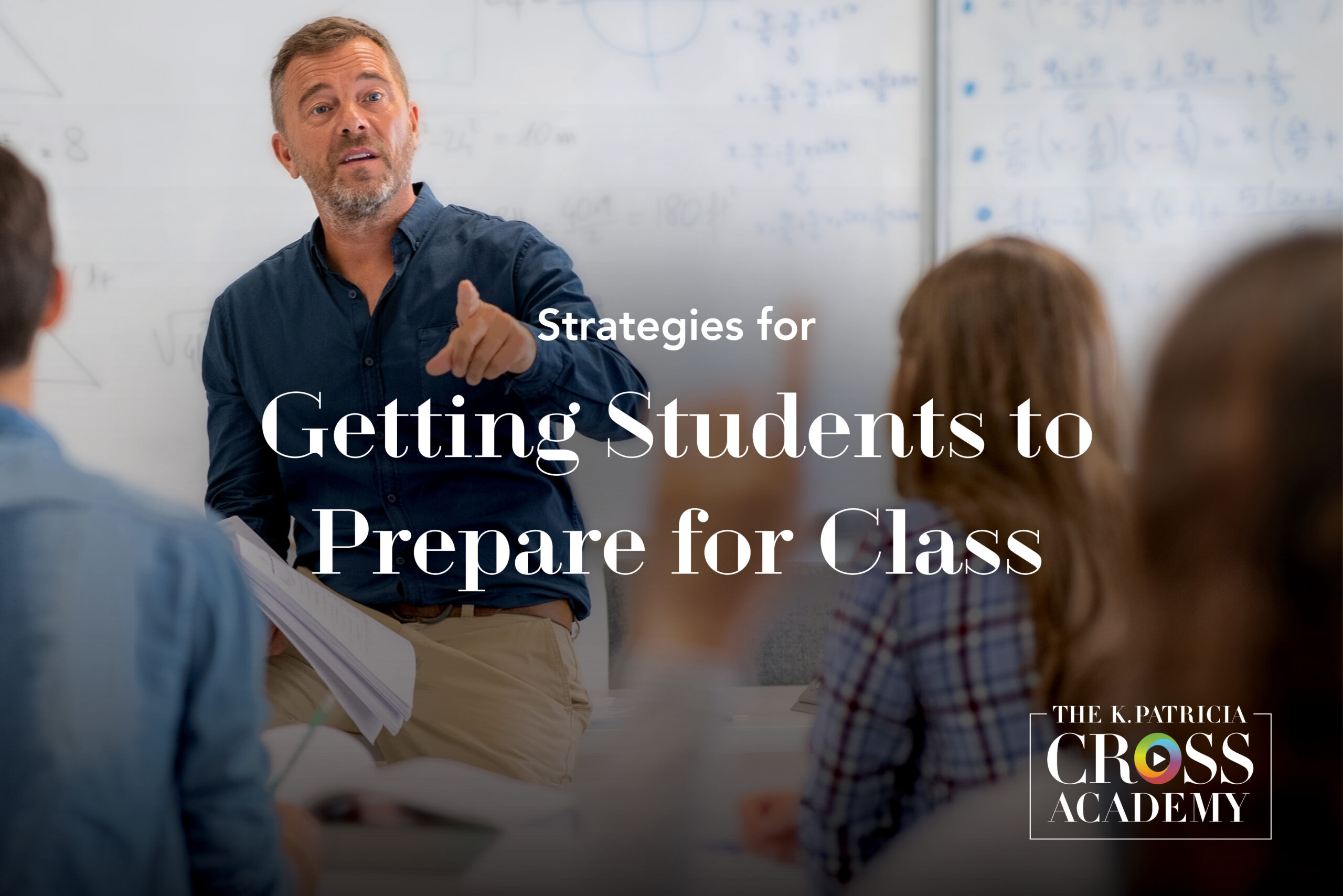
The importance of student preparation for class cannot be overstated, as it serves as the foundation upon which meaningful learning experiences are built. However, motivating students to prepare can be a substantial challenge, particularly in a world filled with digital distractions and competing priorities. As educators, our task is not only to emphasize the significance of preparation but also to
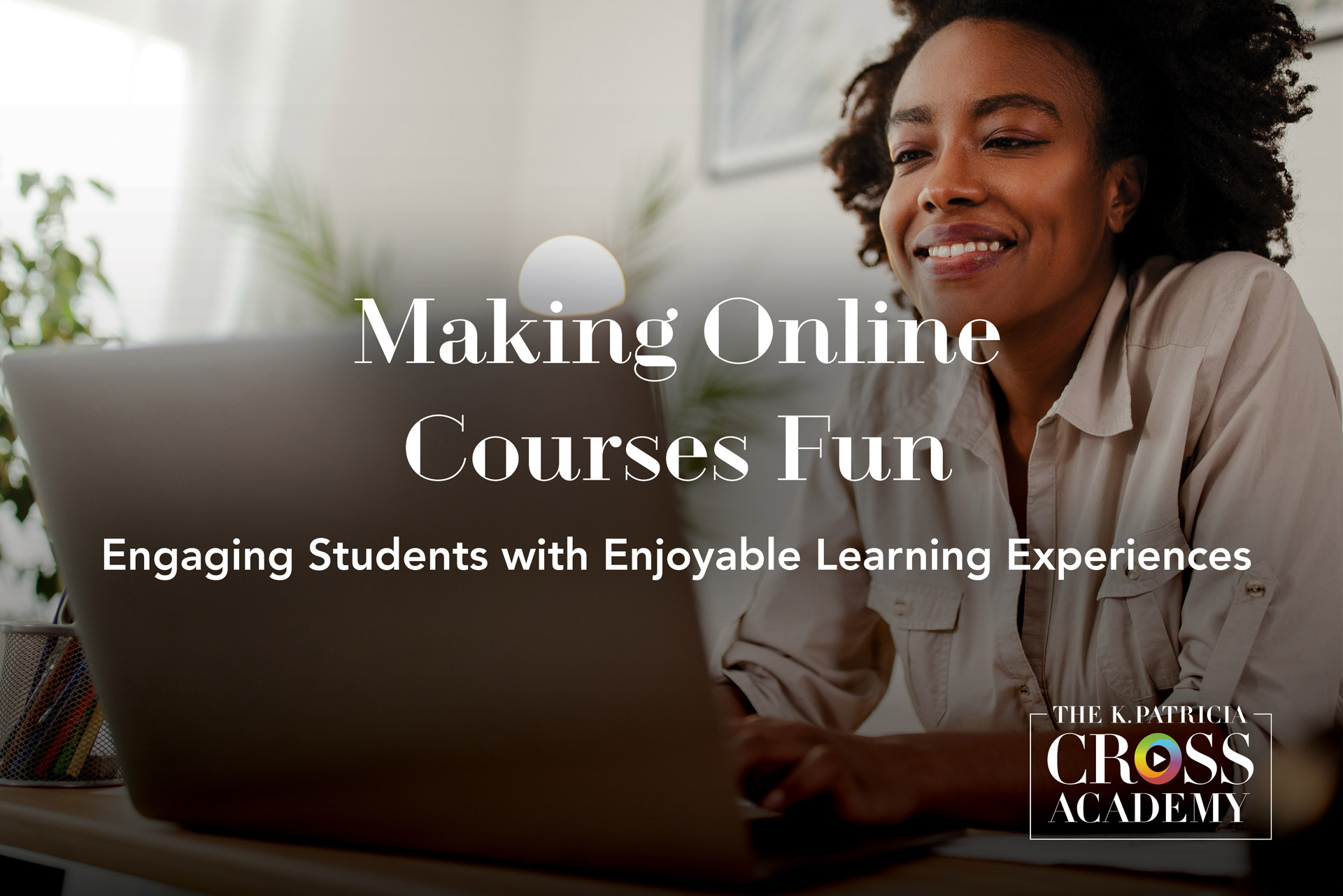
Making online courses enjoyable can have great benefits. A fun learning experience not only enhances student engagement but also fosters a genuine passion for seeking and gaining knowledge. By infusing fun into online courses, instructors can inspire a more joyful and interactive approach to learning. The Fundamentals of Making Online Courses Fun Several educational concepts can be applied to make
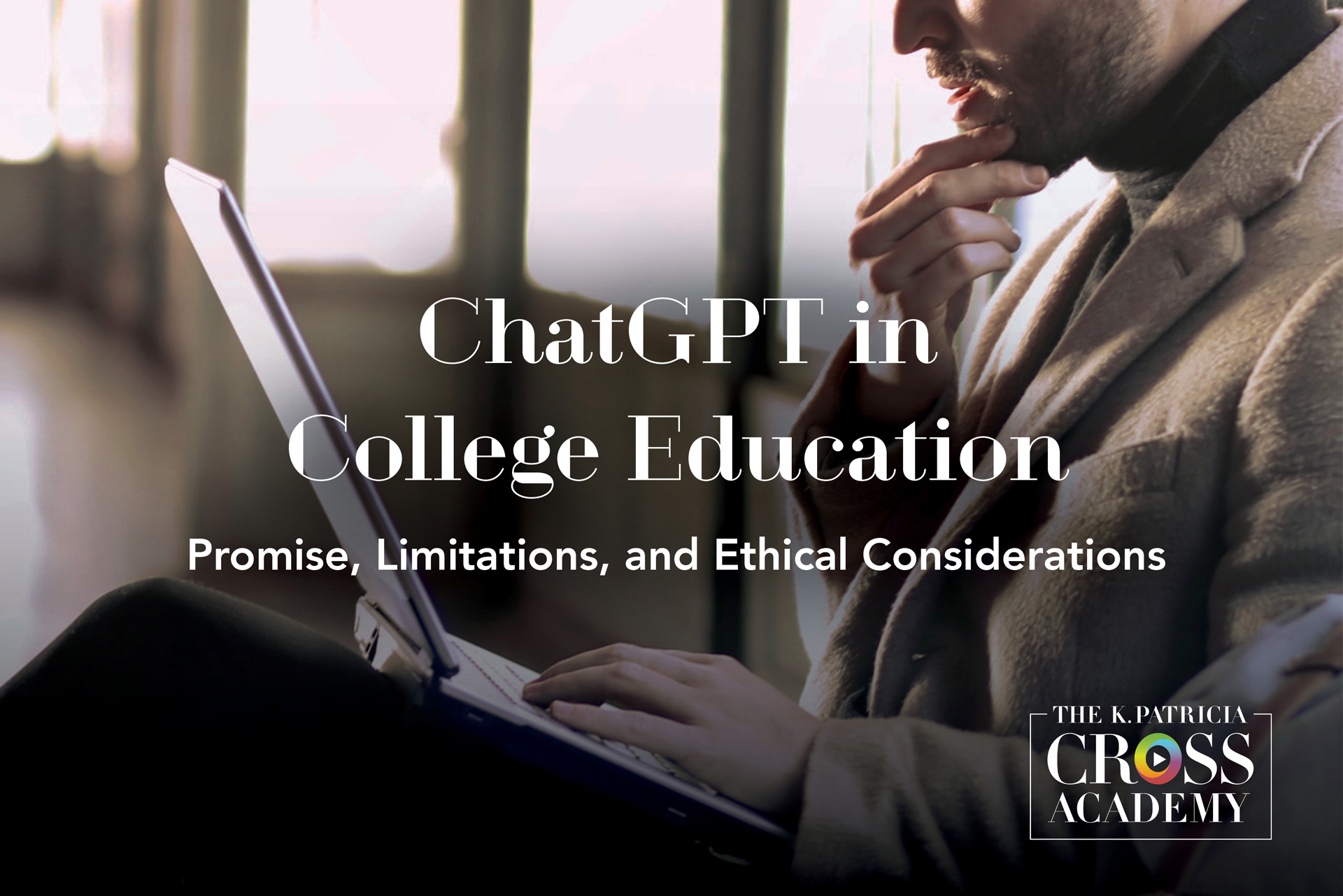
ChatGPT is an artificial intelligence (AI) language model developed by OpenAI. In practice, when a user inputs a prompt, ChatGPT searches an extensive dataset gathered prior to 2021 to identify patterns in the data. Its capacity to search relevant content and generate human-like responses from the data makes it a significant advancement in natural language processing and a valuable tool
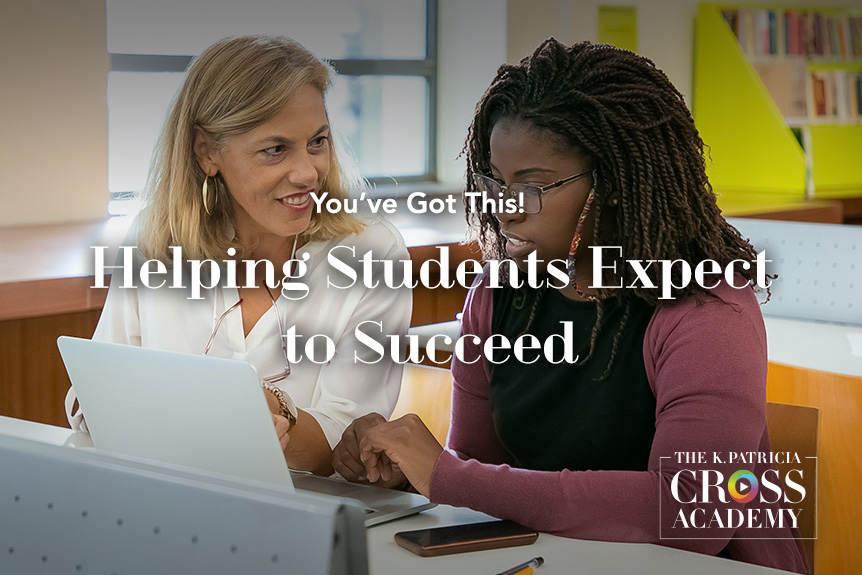
As Henry Ford once observed, “Whether you think you can or think you can’t, you’re right.” His perceptive remark neatly summarizes an important principle that applies to teaching. The best way to lead students to expect success is to structure the course so that they can succeed, and then demonstrate throughout the course that they will succeed if they work hard and persist even when the going gets tough.

Whether created with PowerPoint, Keynote, Prezi, or another program, slide decks appear to be the current default format for any type of oral presentation. The disadvantage of automatically adopting this standard approach, however, is that many people have grown tired of slide presentations, especially poorly executed ones. Slide Replacements can provide greater flexibility when creating your own form.

One of the most difficult challenges faculty face in a collaborative classroom is how to grade students. The fundamental issue is that individual and group accountability seem to be at odds with each other. Tradition holds that a student’s individual course grade should reflect an accurate evaluation of that student’s work and should not be influenced by the performance of

Group work has many benefits to students and student learning, but it also has its challenges. Most common problems can be avoided if you put in the effort and take the time to plan carefully. One of the early steps to take into consideration as you prepare is how to form groups. There are many decisions to make, and the
